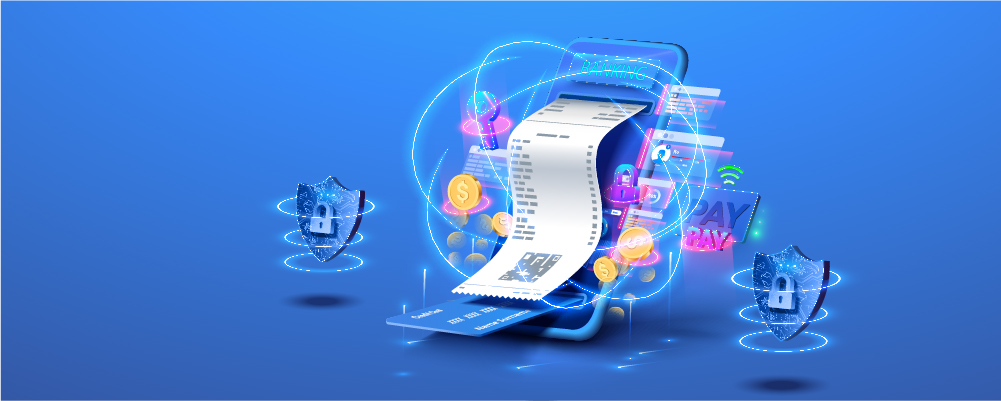A digital end-to-end accounts payable process is an ally for your business. Larger organizations have switched to paperless billing, processing, and payment methods; while smaller ones are catching up.
The digital landscape has altered within the last two years. The pandemic has increased the tempo of digitisation. In this blog, we will understand the basics of ap invoicing and the end-to-end accounts payable process, while considering the benefits of this digitisation for businesses.
What is accounts payable?
When your company buys items on credit from a supplier or vendor, the outstanding amount gets reflected as Accounts Payable (AP). It is listed as a liability and needs to be paid quickly to avoid default.
Businesses need strict internal controls that prohibit the payment of incorrect/fraudulent invoices received from vendors. To maintain a strong bottom line, your accounts payable team needs to be highly organized and vigilant.
The AP team is responsible for the coding, approval, payment, and settlement of vendor invoices. The AP department is one of the busiest verticals of a business, dealing with a mountain of invoices. But there is more work in the form of checking and double-checking invoices for errors to restrict any payment to wrong invoices.
You will not be surprised to find that a majority of your colleagues in the accounts payable department don’t like to enter data from a daily stack of bills into the accounting or ERP software.
But it is a critical business function that needs to function smoothly.
Your AP team colleagues can take up more important projects if the invoice processing is automated. Think about all the time that can be saved when disorderly vendor invoices can be flagged and returned without major human intervention.
A well-managed AP team armed with automated accounts payable software can help your organization save: both time and money. With a better overview of each vendor interaction, the AP team can pay them on time and avoid a late fee penalty. They can choose to pay via different payment instruments (NEFT, RTGS, ACH, and Cards) to earn cashback from the payment processor.
Why are businesses moving towards digital invoicing?
According to PWC, “An e-invoice may refer to any digitized copy of a physical invoice/bill, which may or may not be legally or commercially acceptable as a valid document.”
The legal landscape is also a catalyst for this adoption. Countries are passing laws that mandate digital invoicing for compliance. The Government of India has mandated e-invoicing for firms with a turnover of INR 10 crore. Moreover, adopting digital systems has further advantages, it brings your organization to the highest industry standards.
Let us consider a scenario where you send an invoice to your customer physically.
- An accounts team member prepares the invoice on a spreadsheet. Due to platform limitations, she has to manually capture data points from other programs and files for accurate billing. She spends additional time searching various sources. Finally, she saves the document, and then sends the invoice to your customer via post.
- Your customer receives the invoice the next day. He spots an error and requests correction.
- Your team re-checks the invoice and matches it with the in-house data sources. They correct the mistake and send the revised invoice to the customer on the third day.
- The customer receives the invoice and initiates payment.
- You lose 3 precious days.
What would be the result if your organization used digital invoicing?
The entire invoicing, reconciliation, and payment would be accomplished within hours.
Digital invoicing software will automatically extract billing data from appropriate sources and compile it for verification. Once a team member verifies it, an email would be sent to the customer. Then he can proceed with payment.
Digital invoicing minimizes the time and costs associated with sending and receiving invoices by using automation to simplify the invoicing process.
What should be your approach?
Depending upon your requirements, good accounts software will provide the opportunity for automation at three main levels — Source / Input, Processing, and Record Keeping. A transformed accounts payable process can bring a high level of automation, freeing your team to focus on strategic tasks.
Accounts payable automation can help your business to reduce the inadequacy of manual AP processes. Automation can streamline your process from invoice capture to payment. Your accounts payable team can save precious time and costs.
Mynd offers digital invoicing and accounts payable automation that utilizes ML (machine learning) and AI (artificial intelligence) technologies, which allow better information flow and verification. For the last two decades, we have developed solutions that add value, enable smooth transactions, identify bottlenecks and prevent downtime for a diverse clientele.

